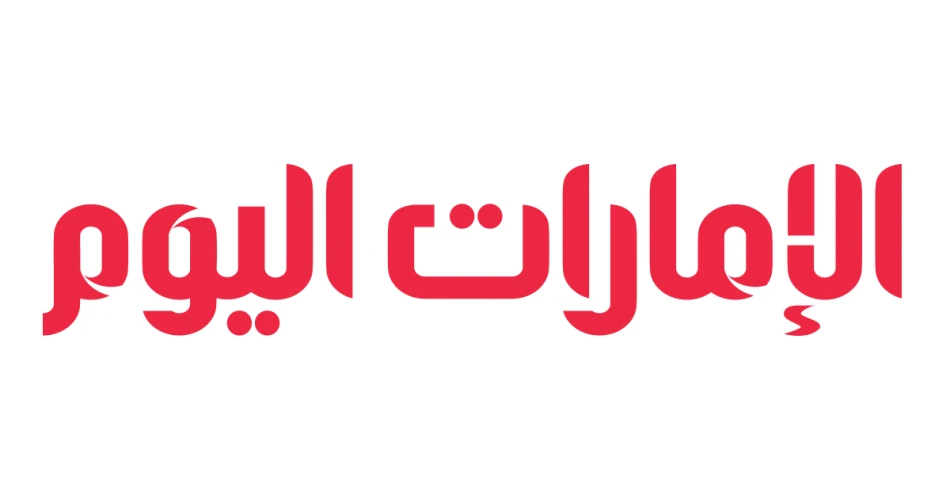
Temperatures Set to Drop Significantly by Late August
Ancient Star Signals Relief: UAE's Traditional Weather Forecasting Points to Cooler Days Ahead
As the UAE endures another scorching summer, traditional astronomical knowledge offers hope for relief. Leading Emirati astronomer Ibrahim Al-Jarwan predicts the appearance of Suhail star by late August, marking the beginning of the end for the region's most intense heat period and signaling a gradual temperature decline that has guided desert communities for centuries.
Desert Wisdom Meets Modern Meteorology
Al-Jarwan, who chairs the UAE Astronomical Society and serves as a member of the Arab Union for Space and Astronomy Sciences, draws upon ancient Bedouin weather prediction methods that have proven remarkably accurate over millennia. The appearance of Suhail, known in Western astronomy as Canopus, has traditionally marked a pivotal moment in the Arabian Peninsula's seasonal cycle.
This astronomical event coincides with what desert dwellers call "Murakhiyat al-Qala'id" (The Loosening of the Necklaces), a vivid metaphor describing the final phase of the intense summer heat period. The phenomenon began on August 11 with the rising of the twin stars Al-Kulaibain, marking the tail end of the qaidh season—the year's most punishing heat.
The Science Behind the Symbolism
The colorful terminology reflects harsh desert realities. Camel necklaces, normally fitted snugly, would loosen as the animals became dehydrated and exhausted during peak summer heat. Similarly, horses—referred to as "Jarid al-Sabaya"—would be given complete rest during this period, only returning to racing, leisure riding, and travel once temperatures moderated.
Al-Jarwan explains that camels drinking their fill at wells during these extreme days would return by evening with visibly shrunken bellies and necks from dehydration, causing their decorative necklaces to slide down—a stark illustration of summer's toll on desert life.
Modern Relevance of Ancient Knowledge
While the UAE now relies on sophisticated meteorological systems and climate-controlled environments, this traditional knowledge remains culturally significant and surprisingly accurate. The astronomical markers continue to align with measurable temperature shifts, offering a bridge between the country's Bedouin heritage and its modern technological advancement.
Regional Climate Patterns
The timing of Suhail's appearance reflects the broader climatic patterns affecting the Arabian Peninsula. As the star becomes visible in the pre-dawn sky, it historically coincides with subtle but important atmospheric changes—the first signs that the relentless summer heat is beginning its gradual retreat toward the more moderate temperatures of autumn.
This traditional forecasting method demonstrates the sophisticated understanding of seasonal cycles developed by communities whose survival depended on reading natural signs. For modern UAE residents enduring another summer of extreme heat, the promise encoded in these ancient observations offers both cultural connection and genuine hope for relief in the weeks ahead.
Most Viewed News

 Sara Khaled
Sara Khaled






